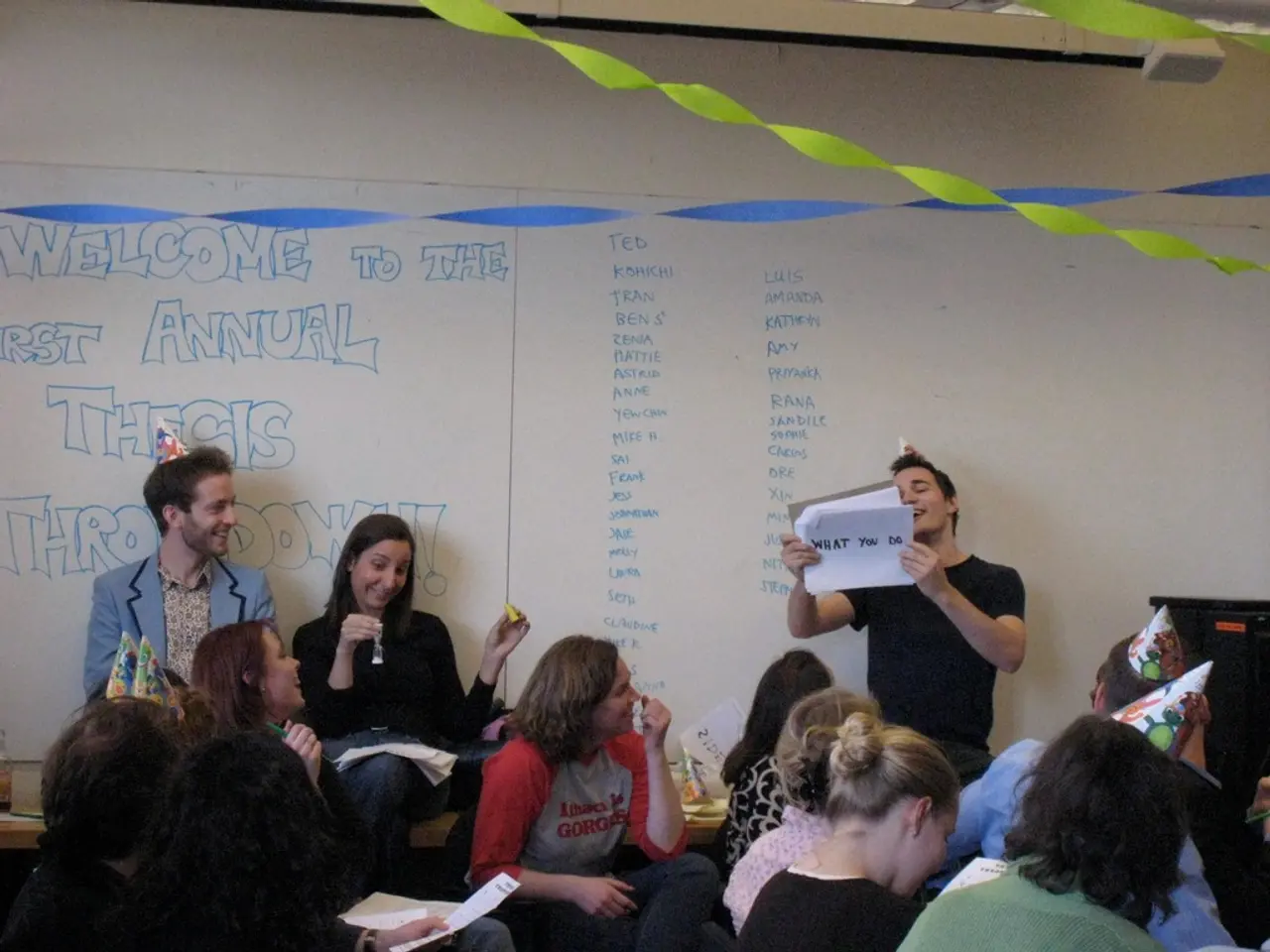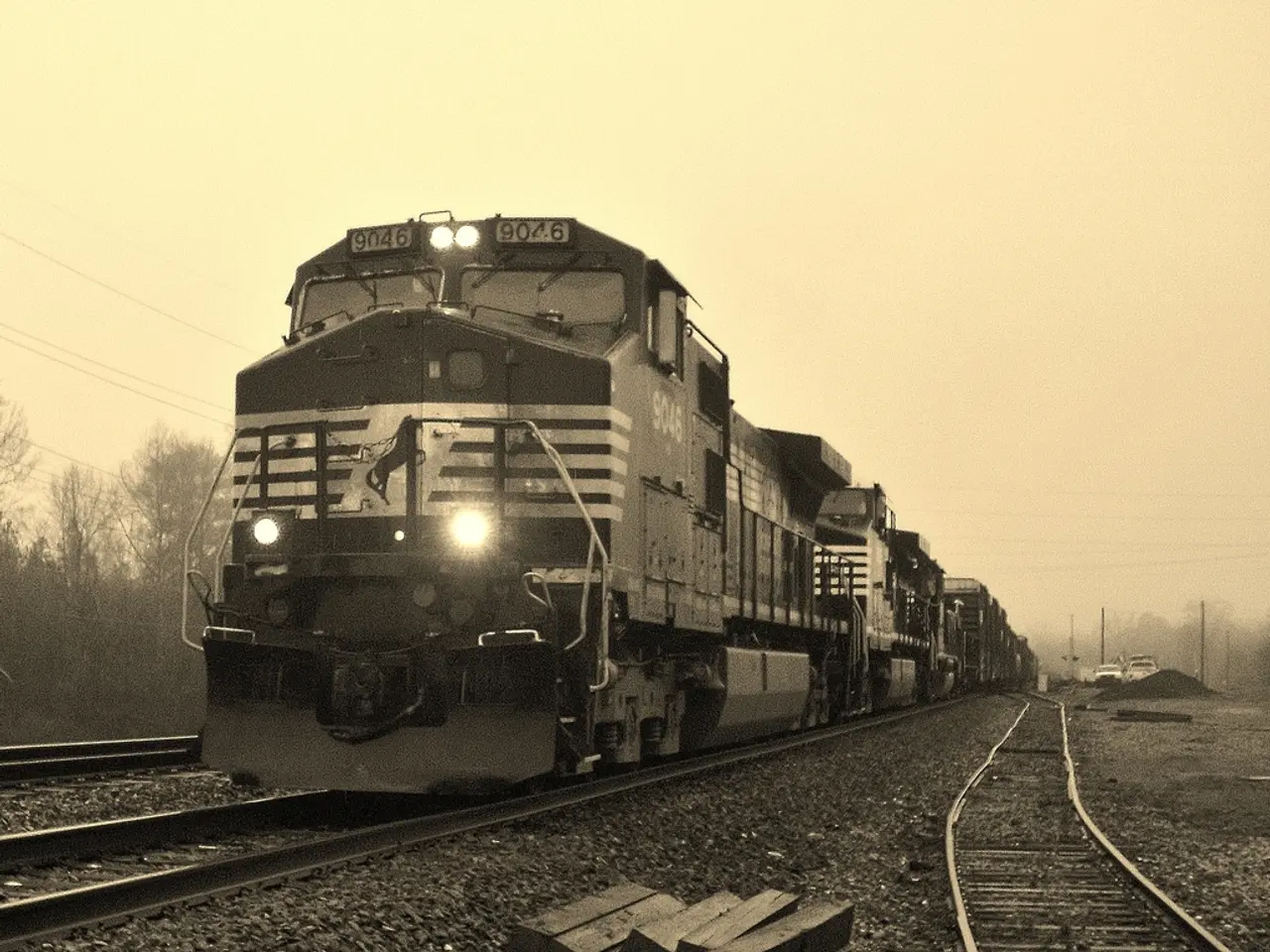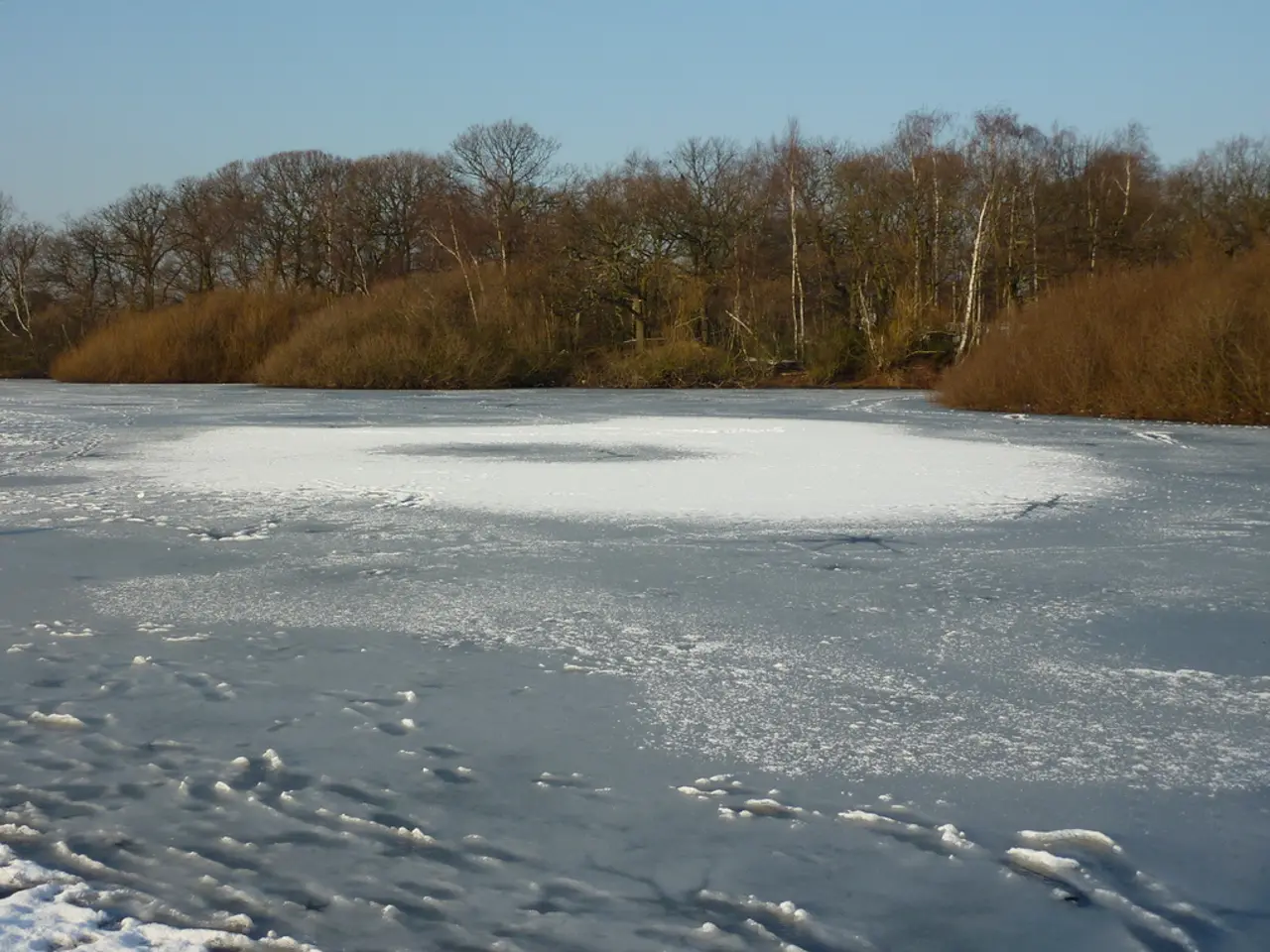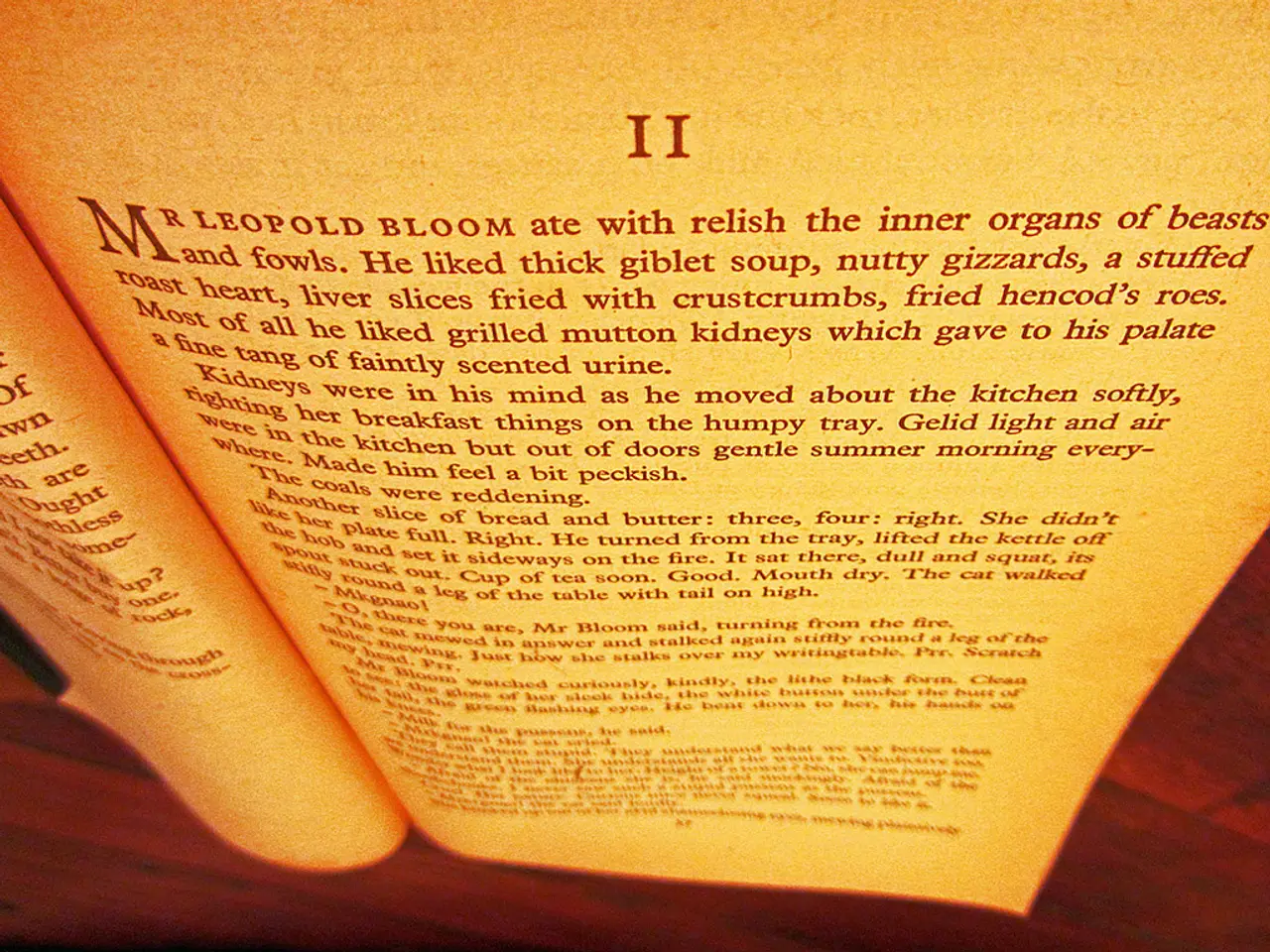Controversial Historical Impact of the Atomic Bomb at Los Alamos Lab
In the remote desert landscape of New Mexico, a place of breathtaking natural beauty, lies a historical site that holds a dark and significant chapter in human history – Los Alamos. This small town, home to the Los Alamos National Laboratory, was the secret hub of the Manhattan Project, where the atomic bomb was invented during World War II.
Although the primary focus in Los Alamos is on the development of the atomic bomb, the impact and legacy of the bombings are also explored, albeit in a more nuanced manner. The Los Alamos National Laboratory, established due to the Manhattan Project, employs 19,000 people and is now involved in various scientific and research activities, including nuclear security and energy research.
The National Museum of Nuclear Science & History, located in Albuquerque, offers a comprehensive view of the atomic age, including the history of the development and deployment of atomic bombs. Exhibits such as "Pioneers of the Atom," "World War II," "Critical Assembly," and "The Decision to Drop" provide insights into the scientists who studied the atom, the history leading up to the atomic bomb, its assembly, and the decision-making process behind its deployment.
However, the direct presentation of the bombings' legacy in Los Alamos is more subtle, focusing on the scientific achievements and historical context rather than solely on the impact of the bombings. The Los Alamos History Museum, while showcasing the invention of the atomic bomb, provides only limited information about its dark side and the impact on civilian populations.
The atomic bombings of Hiroshima and Nagasaki, which occurred in August 1945, are a topic of ongoing debate and controversy. Some historians believe that the primary aim of the bombings was not to end the war but to demonstrate the destructive power of the new weapon to the Soviet Union and the consequences if they opposed the U.S.'s post-war plans.
The U.S. government has firmly stuck to its positive portrayal of the atomic bombings' history, as evident in the cancellation of the planned major exhibition at the Smithsonian Museum in 1995. However, public opinion has shifted over time. Initially, 85% of Americans supported the bombing, but this perception shifted in the summer of 1946 due to the human suffering detailed in John Hersey's article for The New Yorker.
The bombings killed over 200,000 people, many of whom were civilians, contrary to President Truman's claims at the time. The survivors and their descendants still suffer from radiation damage to this day. The Japanese language has a word for survivors of the atomic bomb: hibakusha, who are not mentioned in Los Alamos.
The bombings ended World War II soon after, and their impact on the post-war world order cannot be overstated. They laid the foundation for the division of the globe into nuclear and non-nuclear nations. The invention of the atomic bomb triggered a heat wave so powerful that all living beings in the immediate vicinity were incinerated in a fraction of a second.
The radioactive rain continued to burn the skin for days after the bombings. The bombings of Japan also marked the beginning of the nuclear arms race, with countries around the world racing to develop their own nuclear weapons. The nuclear threat continues to shape numerous international conflicts.
Many visitors to Los Alamos express critical thoughts about the museum, questioning the necessity of the bombings and the use of nuclear weapons. Criticism is being voiced about the museum making nuclear weapons look "fun." Some visitors feel that a more honest, critical debate about the history of the atomic bombings is needed, but politicians are unwilling to provide a place for it to happen.
In conclusion, while Los Alamos is where the atomic bomb was developed, the detailed presentation of its legacy in Japan is more fully explored in museums like the National Museum of Nuclear Science & History rather than through specific exhibits within Los Alamos itself. The legacy of the atomic bomb is a complex and sensitive topic, one that continues to resonate and shape our world today.
- Variations in perspectives about the atomic bombings have emerged over time, as public opinion shifted from widespread support in 1945 to criticism in the summer of 1946.
- The Los Alamos National Laboratory, initially established for the development of the atomic bomb, now focuses its scientific and research activities on diverse fields such as nuclear security and energy research.
- The global implications of the atomic bombings extend beyond the immediate aftermath, as they contributed to the emergence of nuclear and non-nuclear nations, the nuclear arms race, and ongoing international conflicts related to nuclear threats.







